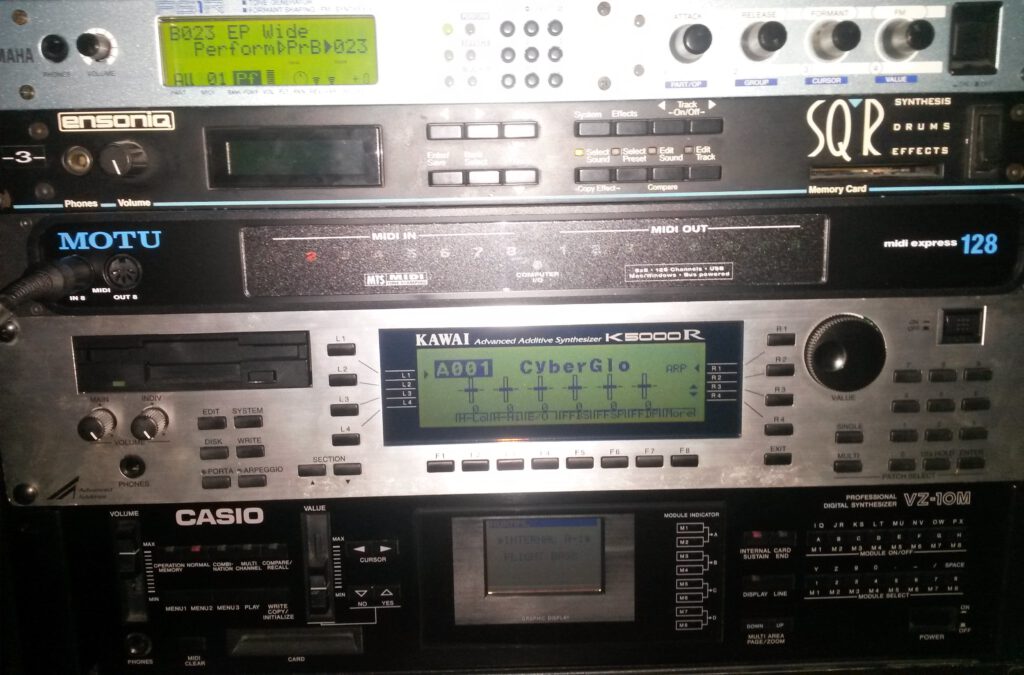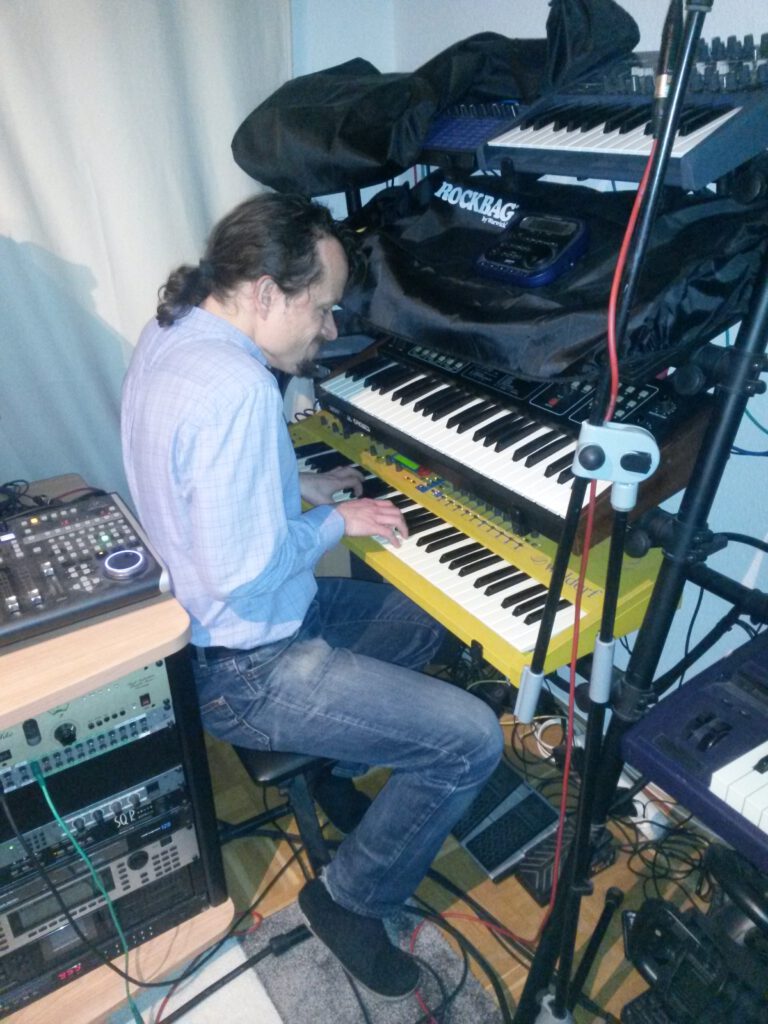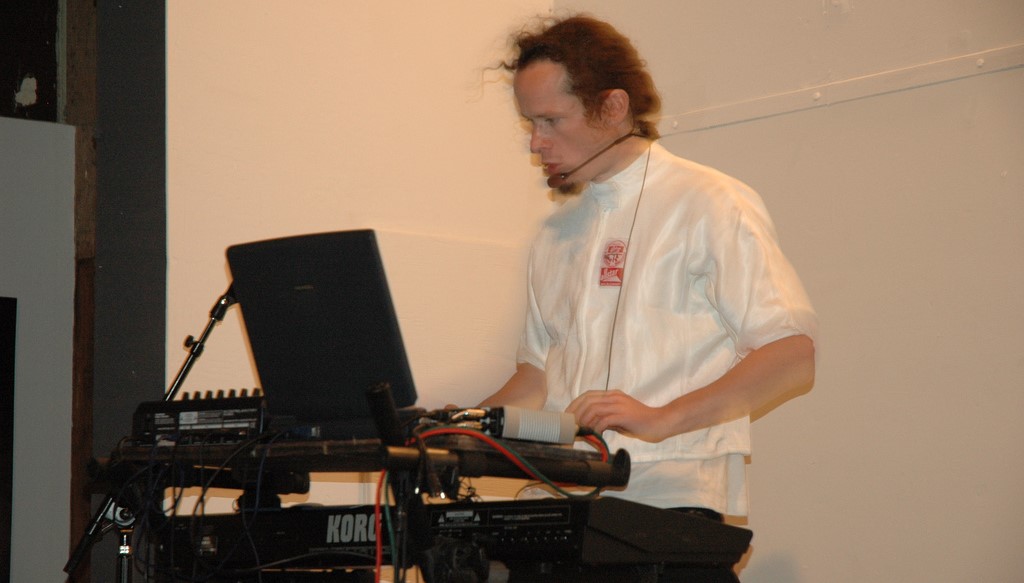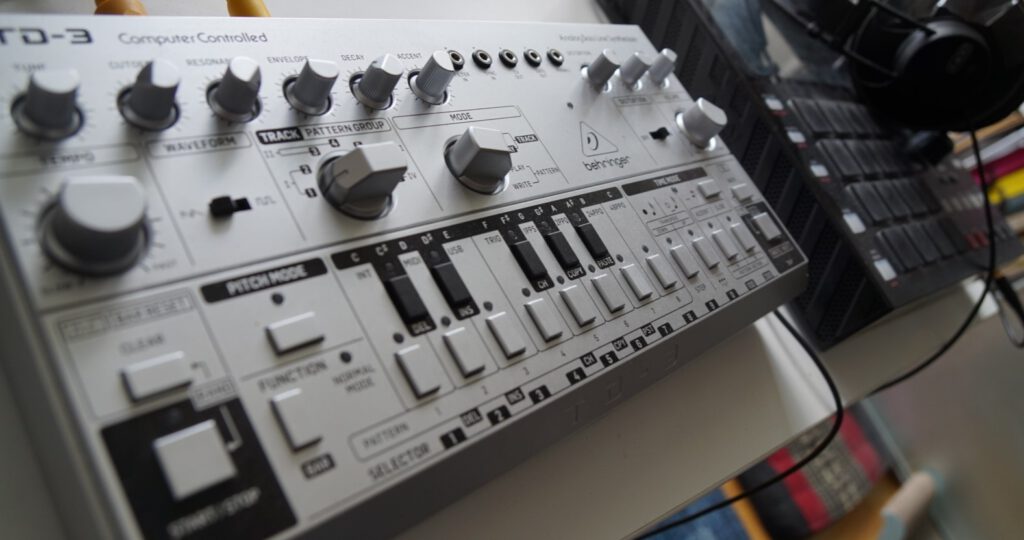Over the years, I have owned (and still own) a number of synthesizers. Not big-time collector level, but let’s say „three-to-four-dozens“ area.
So which one is the most unique one? Let’s find out
Eligibility – and Candidates
That’s simple. It needs to be a synthesizer that I own or have owned.
Synthesizer here means an electronic thingie that generates sounds and its primary intention is to use them musically.
Without further ado, that would give us the following list (in somewhat chronological order of release):
Korg PE-1000, SCI Six-Track, Oberheim Matrix-1000, Roland MT-32, Casio VZ-10m, Kawai K-1, E-mu Emax II, E-mu Proteus 1/XR+, Ensoniq SQR, Korg Wavestation KEX, Yamaha SY85, E-mu ESi-32, Korg Prophecy, Kawai K5000R, Quasimidi Sirius, Roland MC-505, Yamaha FS1R, Yamaha SU-700, Access Virus B, Clavia Nord Micromodular, Kurzweil K2600XS, Waldorf Q, DSI Evolver, Clavia Nord Modular G2, DSI Tetr4, Arturia Minibrute, Korg Volca Beats, Novation Bass Station II, Waldorf Pul se 2, Elektron Analog Rytm, Korg minilogue, Korg Volca Kick, Folktek Mescaline, Makenoise 0-Coast, Behringer Deepmind 6, Behringer Neutron, Moog DFAM, Korg Volca modular, Roland MC-707, Behringer TD-3, Akai MPC One, Roland SP-404.2, Sonicware Liven Warps, Korg drumlogue, Sonicware Liven Lofi-12, Behringer Spice.
How to choose?
This is the tricky one. I opted for a combined view of:
- Innovation in sound creation (in the widest sense),
- Cultural impact,
- Having a unique selling proposition up ‚til today.
The sound innovation one is probably the most intuitive one. Note that I’ll be looking at the temporal context – e.g. use of FM synthesis is not innovative for a Yamaha FS1R ca. 15 years after the DX7.
Cultural impact is mostly relevant insofar as there are things that are hugely different to anything, but maybe that’s the case because they don’t make that much sense.
This one is to a degree exclusive with the unique selling proposition. Coming back to the hypothetical DX7 example: it was innovative in 1983 and had a big cultural impact, but how many other FM synths were released until today? Exactly. That’s a low score in this aspect.
How about rereleases and clones? We’ll be treating them as if it was the original device, at least if they’re really a 1:1 clone with only minor additions and an otherwise identical architecture and UX.


Weeding out
Checking for synths that don’t score in any of our three criteria, we actually find quite a lot: 25 – more than half of our population is completely un-unique. Among those rejected are designs from famous companies like Dave Smith Industries (the Tetr4) and strangely, my favourite synthesizer, Waldorf’s Q. And there’s synths that no-one would consider relevant in synth history, but which still made it into the next round: like Roland’s MT-32, simply because it did for quite some time define the pinnacle of video game music.

Crop, and Cream of it
On the other end, synths that shine in on aspect, or show something in more than one, we’re done to seven. These include the Nord Micromodular (which had that „wonderful virtual analogue modular in hardware concept“ and created a small scene with it), or Korg’s PE-1000 – its ridiculous oscillator-per-key architecture not only was unheard of before, but also stayed pretty uncopied. And the Mescaline, like everything by Folktek, is just completely different – but also pretty irrelevant in a cultural impact perspective.

And ahead of it, there’s Korg (again) with the Wavestation – which was innovative, created impact, and stayed in its form mostly uncopied, at least for a long time. And then there’s…
The Winner
Roland’s TB-303. Yes, that one.
Its innovation in sound creation was not so much the synth itself, but rather the combination between synth and sequencer: the reactive interplay of accents with filter and slides, all of which is completely logical if you know how it’s done, created for some unheard-of effects.
And those, in the right hands, created several music genres. Like, would there be Acid Techno or Acid House without a 303? Fatboy Slim, on his debut single, boldly stated „Everybody needs a 303“. And there have been many clones during the decades (more recently, Behringer’s TD-3, which this author uses), as well as mods.
But even though it is still used and required today and spawned many clones, it didn’t seem that there was really ever a 2.0 version or a synth truly inspired by. It retained its unique selling proposition until this day – you either use a 303 (or a clone), or you don’t do that sound at all.
And with that, the TB-303 really is the most unique synth I have (ever had).

